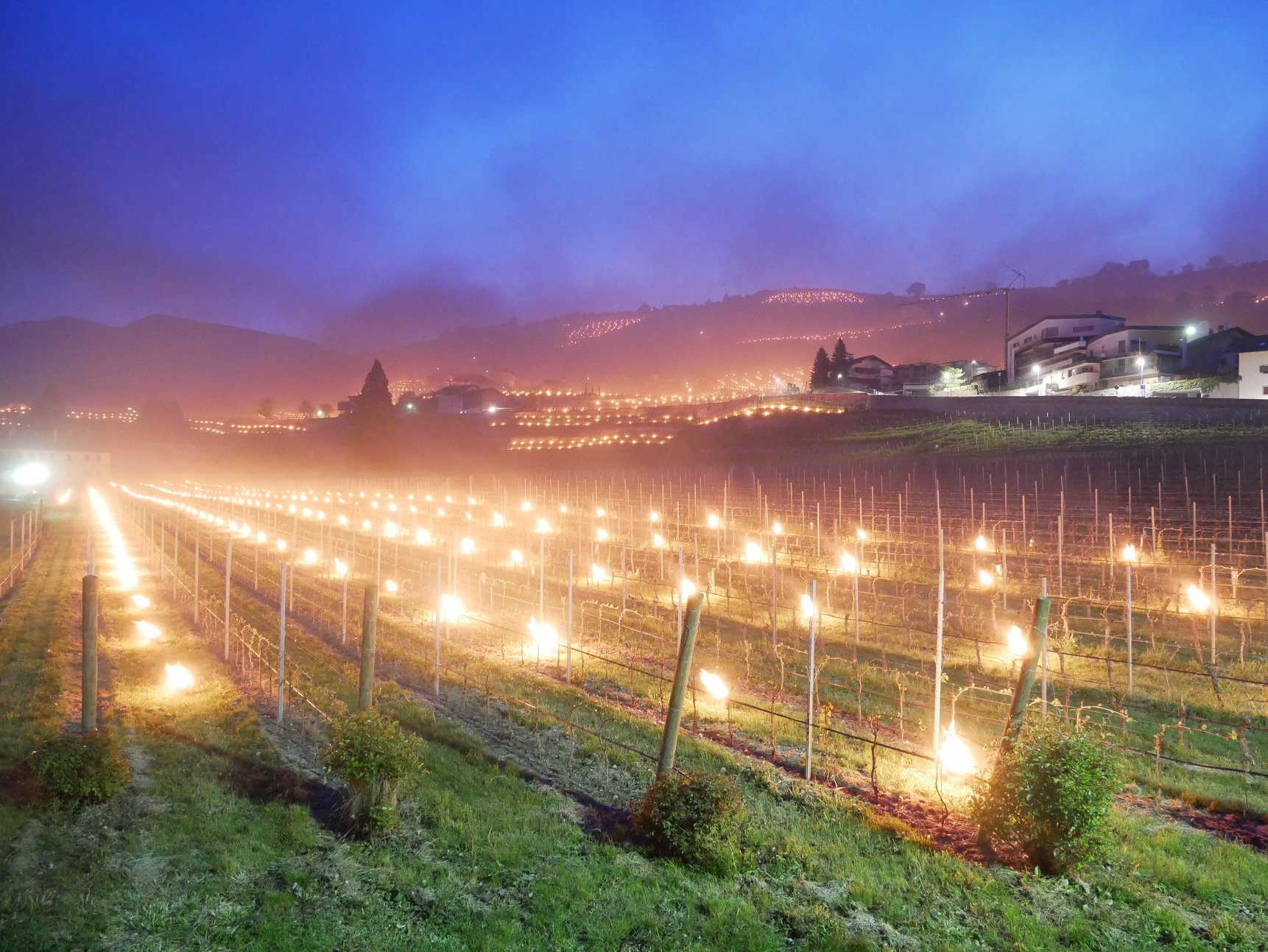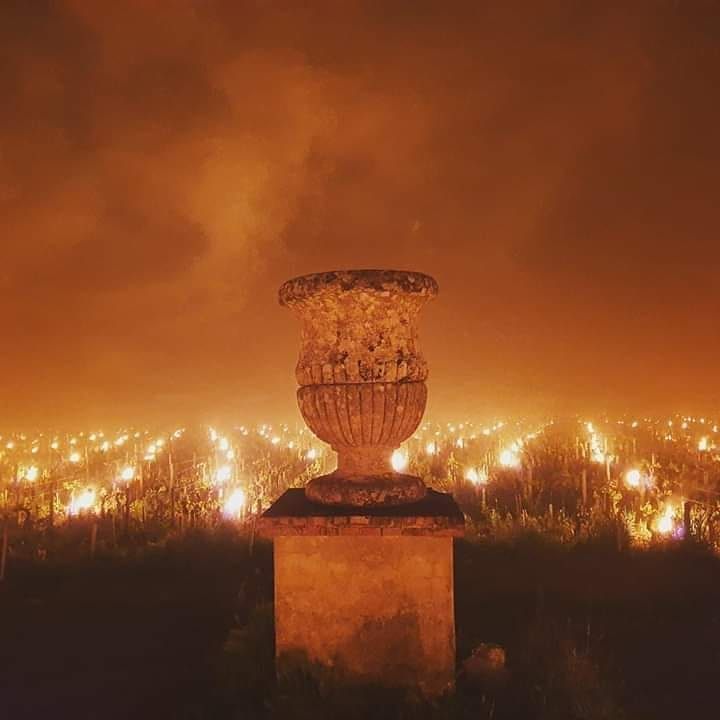Italian Vineyards Are Glowing From the Light of Hundreds of Torches
It’s a beautiful, if imperfect, antidote to crop-damaging cold.

May flowers don’t always arrive on time. Just ask the winemakers of northern Italy, whose vineyards are currently threatened by unseasonably frosty weather that could damage millions of euros’ worth of product.
But luckily for their grapes, their customers, and our Instagrams, these enterprising farmers have come up with a visually stunning—if incomplete—solution to the freezing temperatures. Throughout the regions of South Tyrol, Trentino, and (slightly more southern) Tuscany, winemakers have lit hundreds of torches to keep their grapes viable and—as an added, perhaps unintentional bonus—to turn the Italian wine country into a scene out of a children’s storybook. Have a look, for example, at the vineyards of Novacella, in South Tyrol.


According to the Italian news service Ansa, the region has not seen such low temperatures in May since 1987. Local winemaker Andreas Huber told Ansa that temperatures one degree below zero (Celsius) are potentially very damaging to the crops, and the temperature around him has fallen to between three and nine degrees Celsius below zero in the past week.
While The Local reports that 300 torches can raise the temperature in one hectare by about three degrees Celcius—and while that difference can certainly mitigate some of the damage—the torches are unlikely to fully protect the agricultural industry. The farmers’ union Coldiretti, according to The Local, estimates that losses from the inclement weather will still add up to millions of euros.

This is hardly the first time that farmers have gotten creative to keep crops warm. Orange growers in Southern California were once famous for the practice of “smudging.” By burning fuel oil in “smudge pots” that lined the groves, farmers heated the air during chilly nights. The practice began around 1910, and by 1915, at least one million pots were actively smudging the citrus. While this raised temperatures, it also sent unwanted soot flying over people’s laundry lines and into their homes. Several times during the 1920s and 30s, according to KCET, darkness from the smudge even closed the Port of Los Angeles and forced drivers to keep their headlights on during the daytime. The practice is no longer allowed, but the challenges of keeping oranges warm remain.
Gastro Obscura covers the world’s most wondrous food and drink.
Sign up for our regular newsletter.



























Follow us on Twitter to get the latest on the world's hidden wonders.
Like us on Facebook to get the latest on the world's hidden wonders.
Follow us on Twitter Like us on Facebook